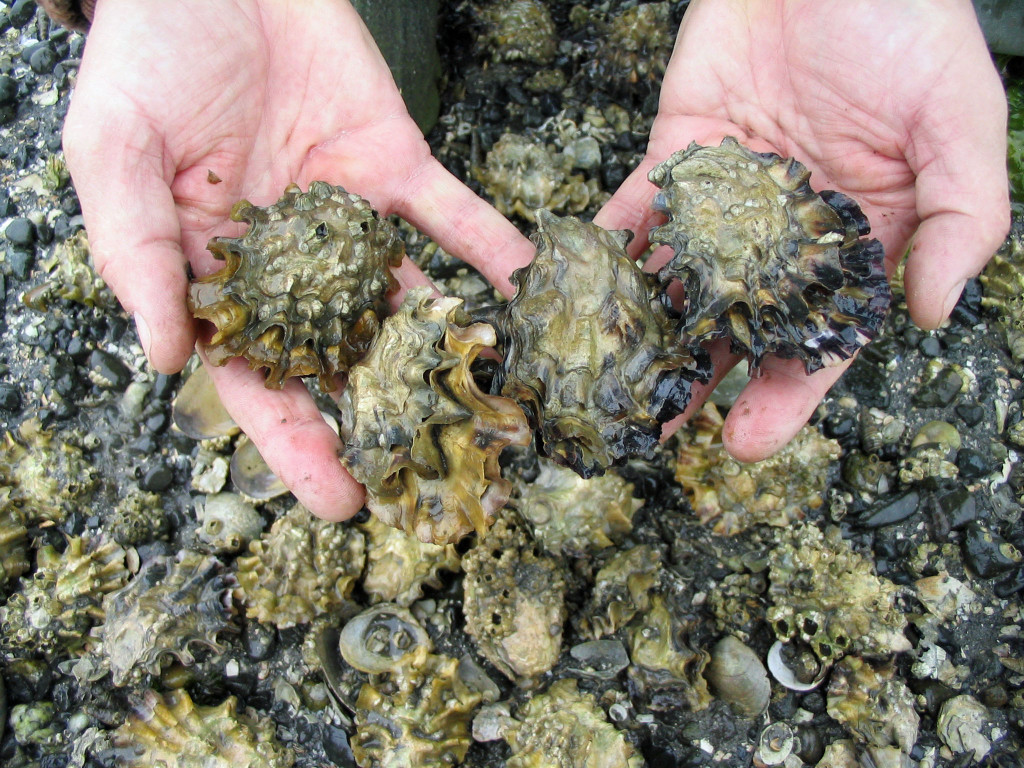Shellfish producers in the U.S. and the Gulf of Mexico are likely to face a threat in the recent future. The oysters industry is threatened by the changing climatic condition of the world. With increased ocean acidification, producers are finding it difficult to harvest shells because the condition does not favor the marine life-forms to […]
Shellfish producers in the U.S. and the Gulf of Mexico are likely to face a threat in the recent future. The oysters industry is threatened by the changing climatic condition of the world. With increased ocean acidification, producers are finding it difficult to harvest shells because the condition does not favor the marine life-forms to build shells. The climatic condition is proving to be a serious menace for the coastal economies.
The Journal Nature Climate Changes has reported that ocean acidification is threatening coastal economies quite harshly. Communities in around 15 states rely on the oyster and clam industry, which is estimated to a $1 billion industry. The reporters are the results of the findings of a study conducted by Julie Ekstrom of the Natural Resources Defense Council. Ekstrom is now associated with the University of California, Davis.
Ekstrom claims, “Ocean acidification has already cost the oyster industry in the Pacific Northwest nearly $110 million and jeopardized about 3,200 jobs.” The study co-author, George Waldbusser, seconded the statement saying, “This clearly illustrates the vulnerability of communities dependent on shellfish to ocean acidification.” Waldbusser carries out research work in OSU’s College of Earth, Ocean, and Atmospheric Sciences.
The study has presented several “hot zones” that are most hit by the climate change. These include The Pacific Northwest, New England, Mid-Atlantic and Gulf of Mexico. It also claimed that regions such as Louisiana, Virginia, New Jersey, and Massachusetts, are the most economically dependent regions. However, these are the areas that are also least prepared to combat the changes. According to the report, these areas are involved in the monitoring and research on ocean acidification the least.
Waldbusser also said that they are striving to discover the adaptive capacity of these ‘hot zones.’ Researchers are working to understand the adaptive responses of various species.


Leave a Reply